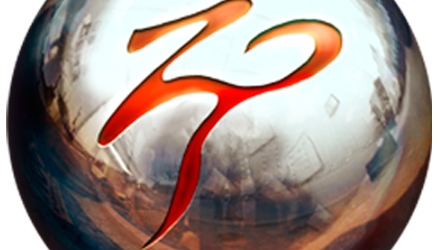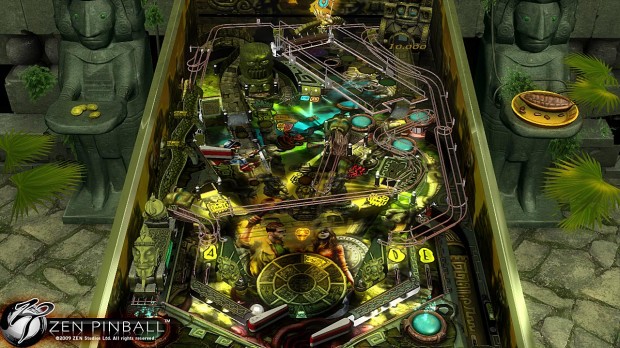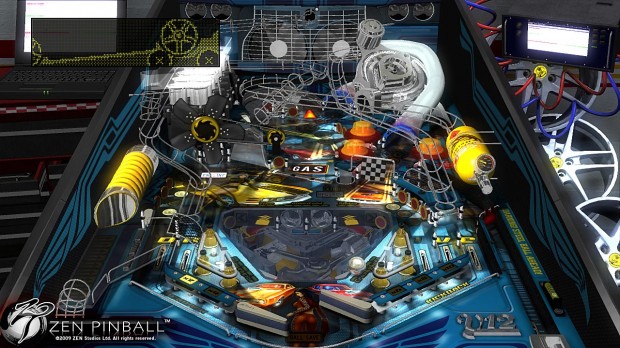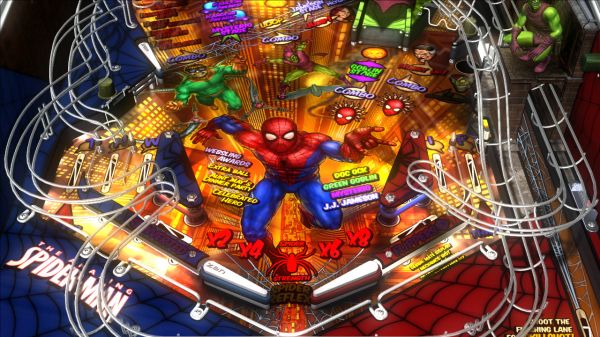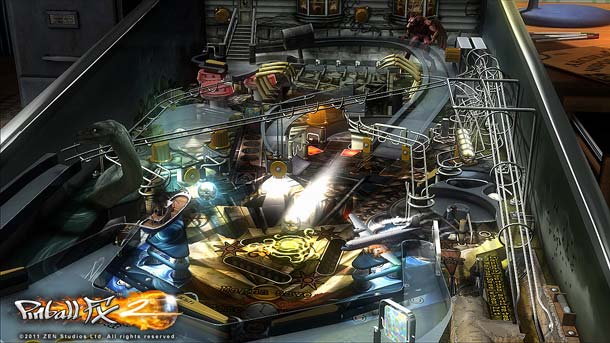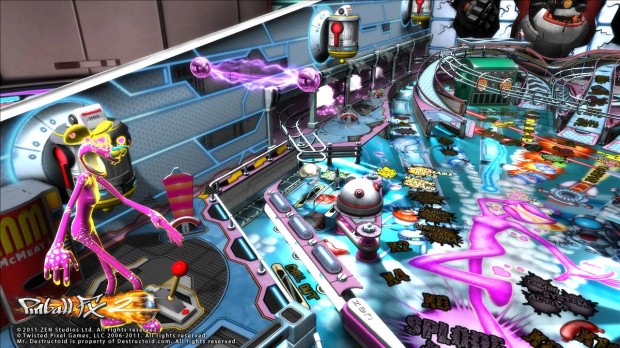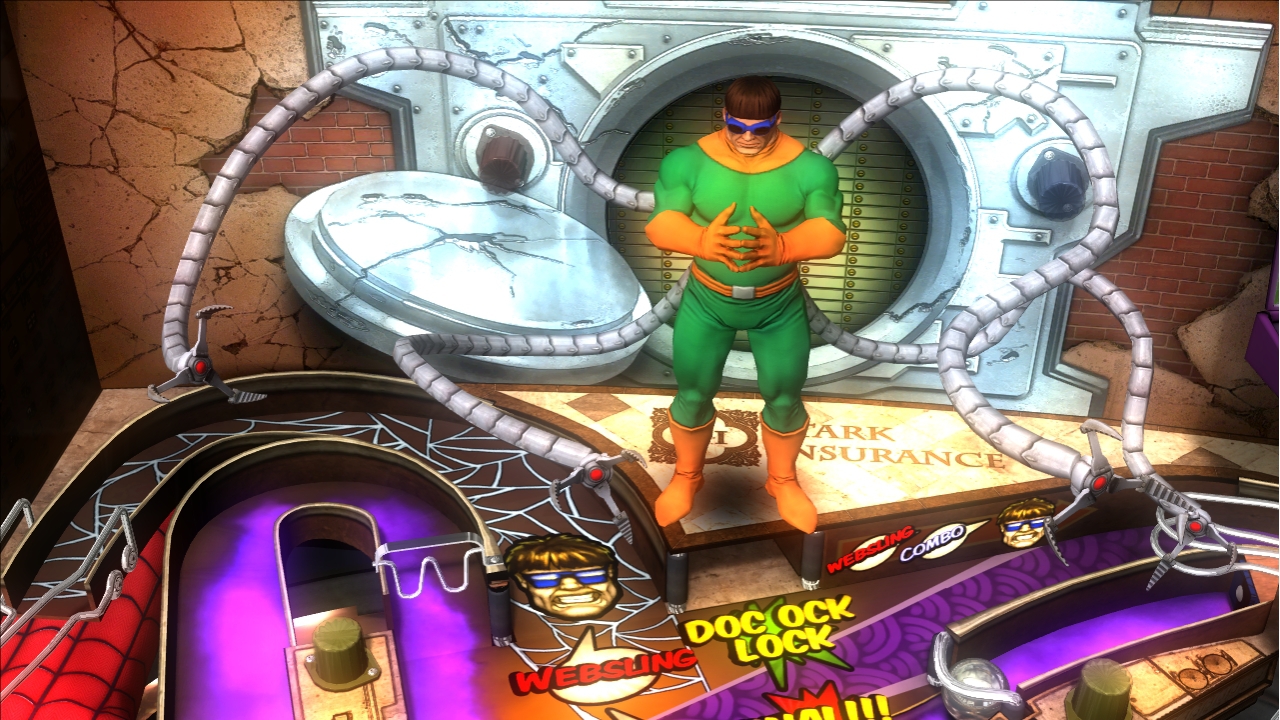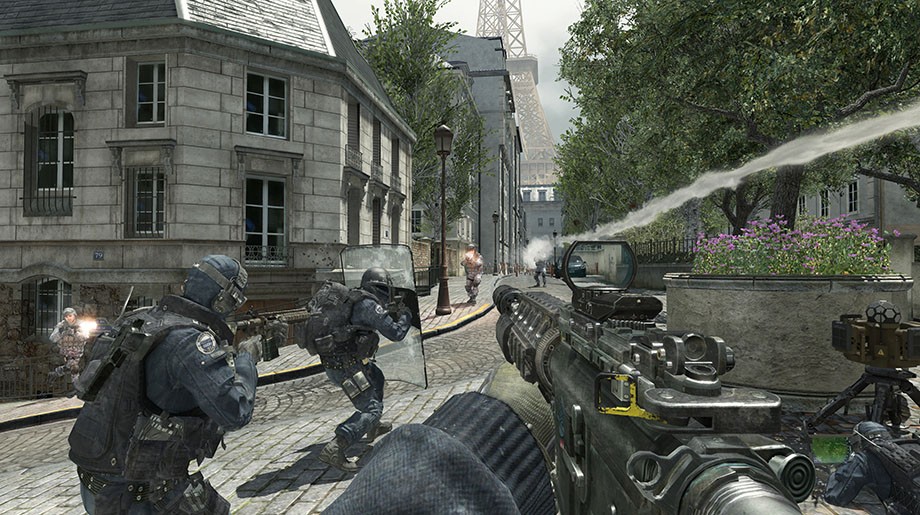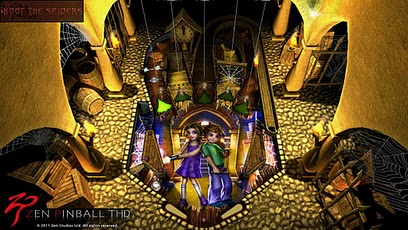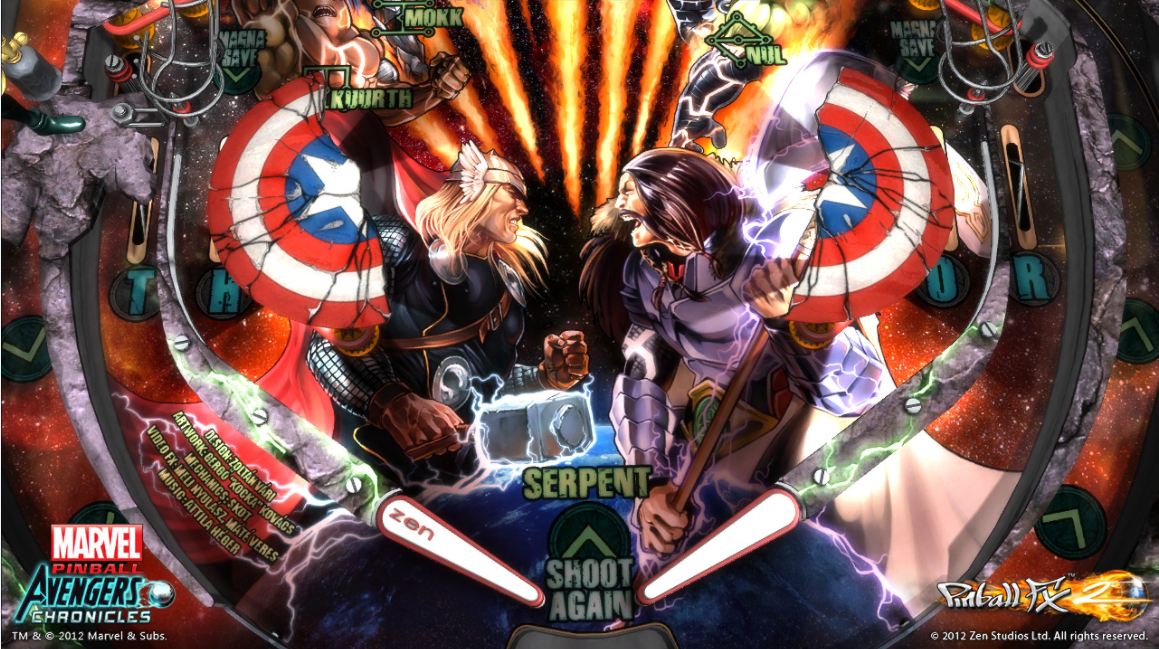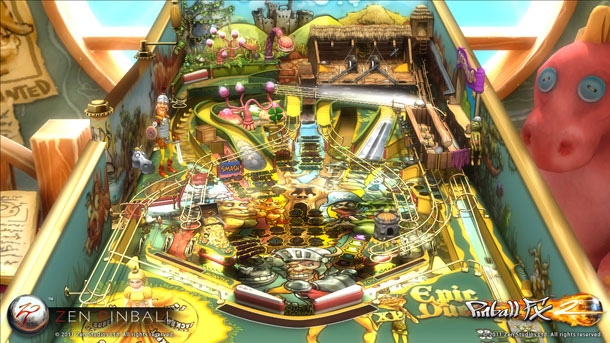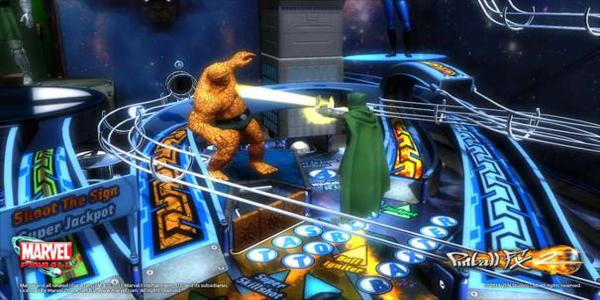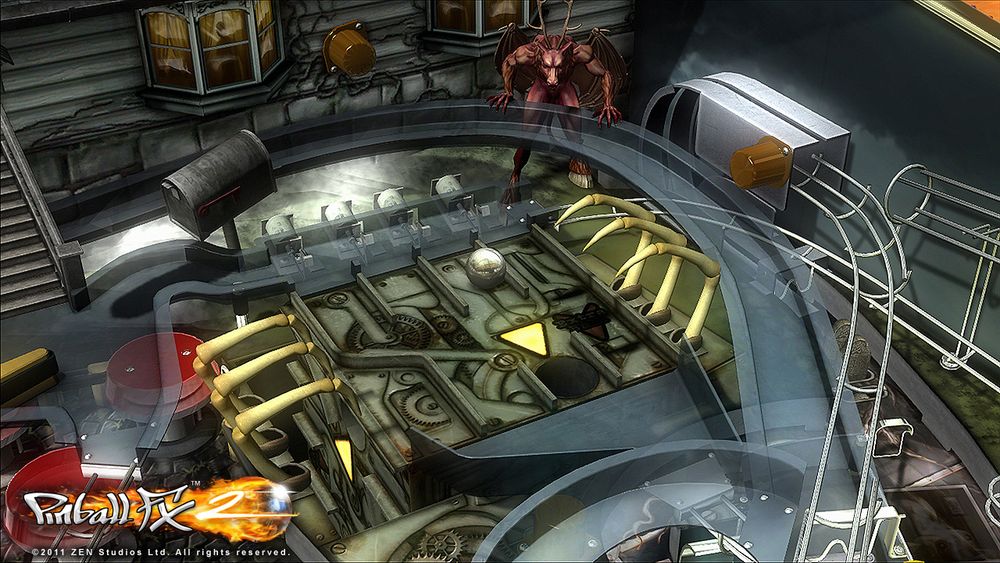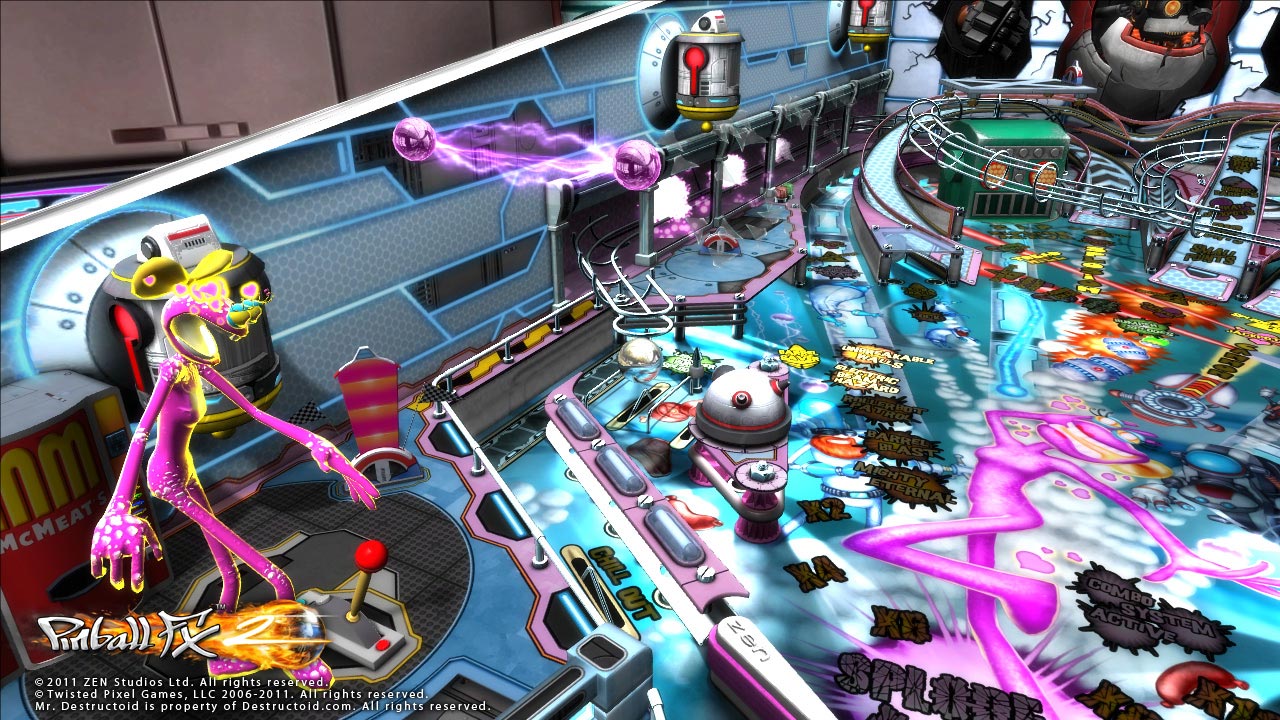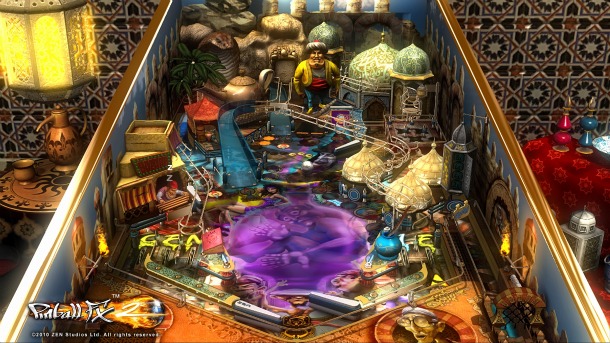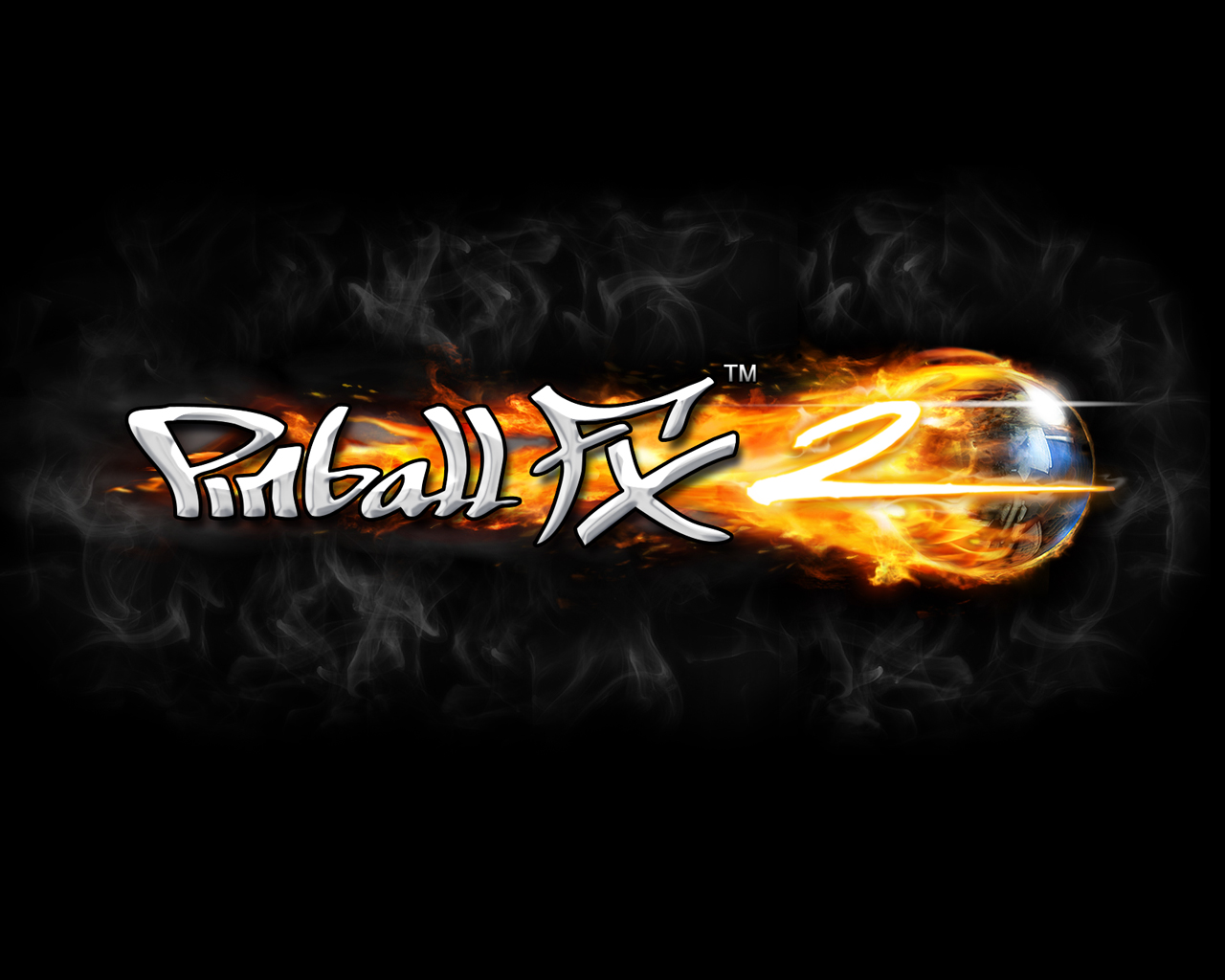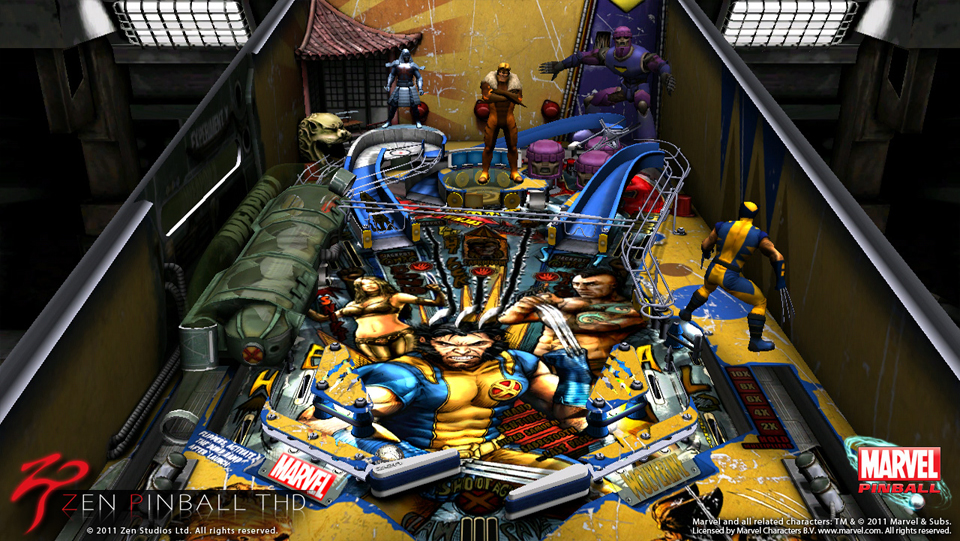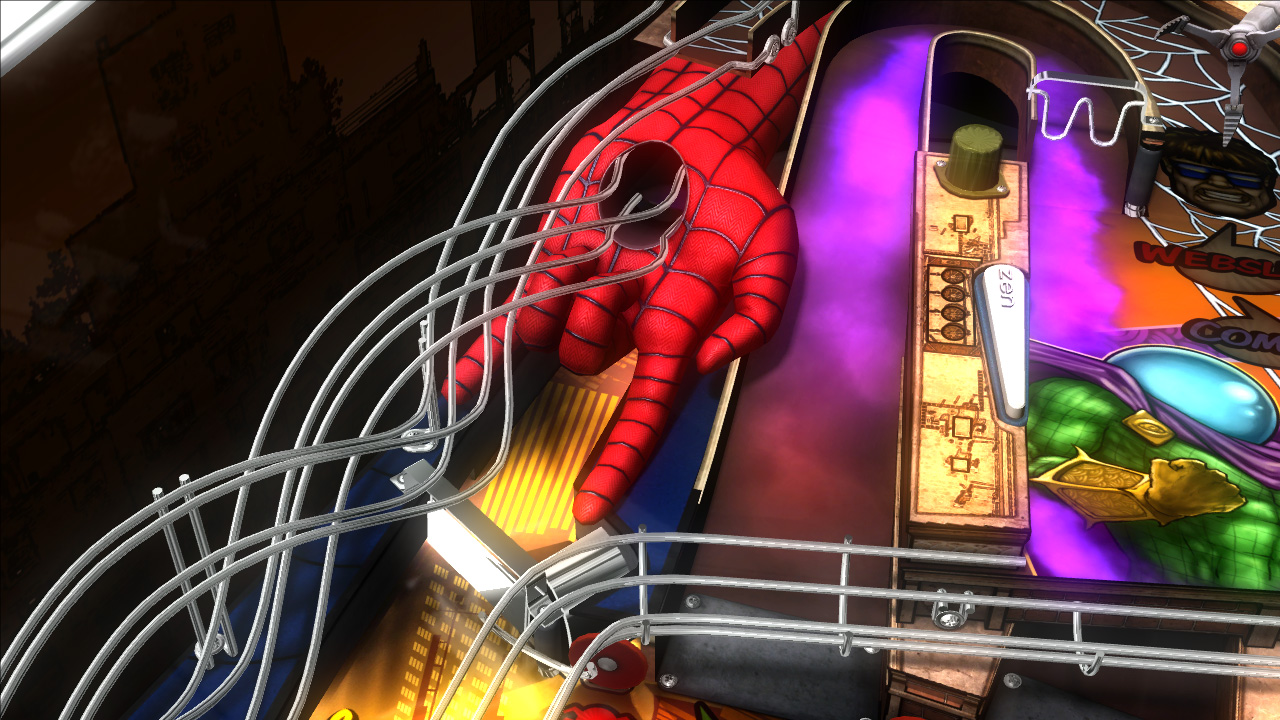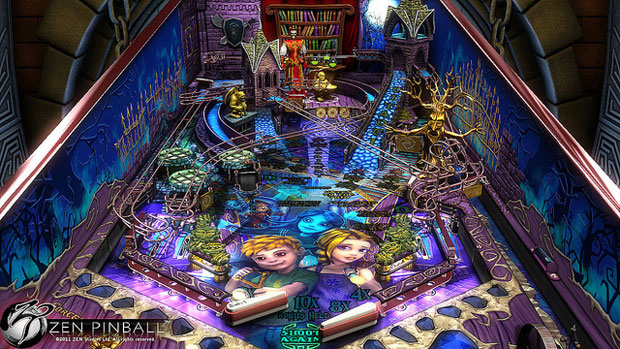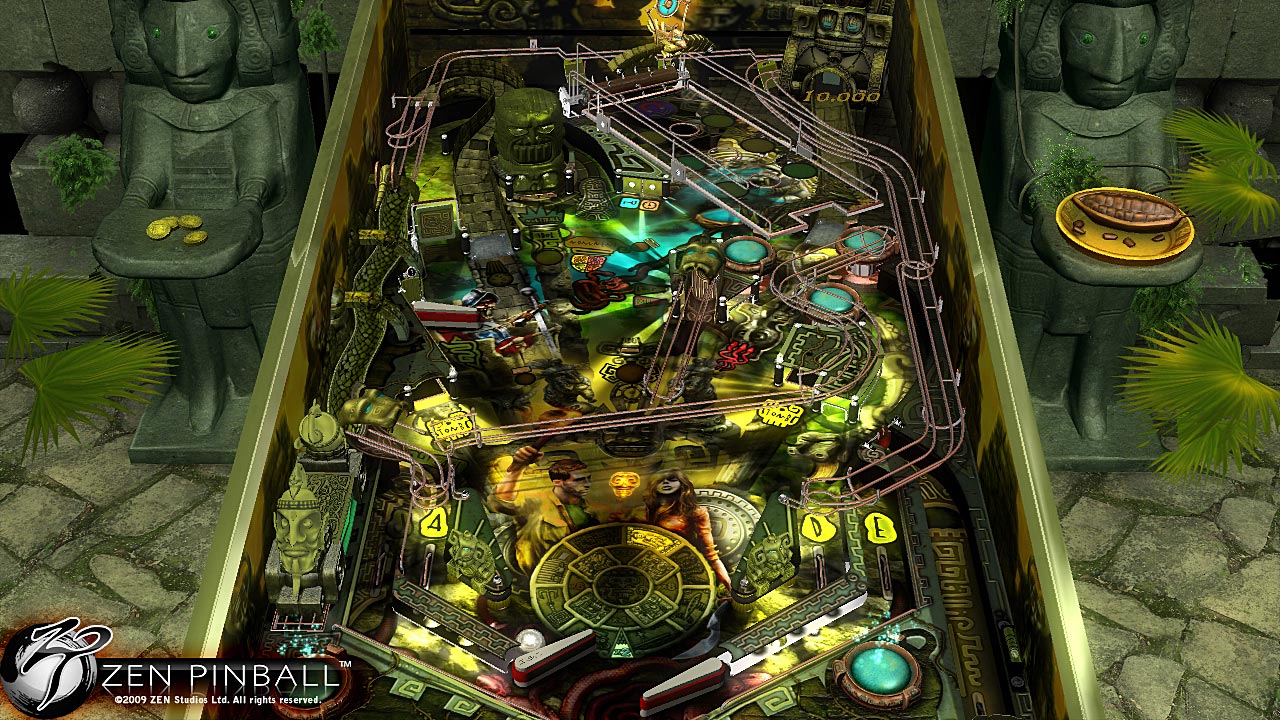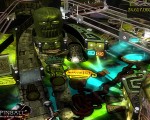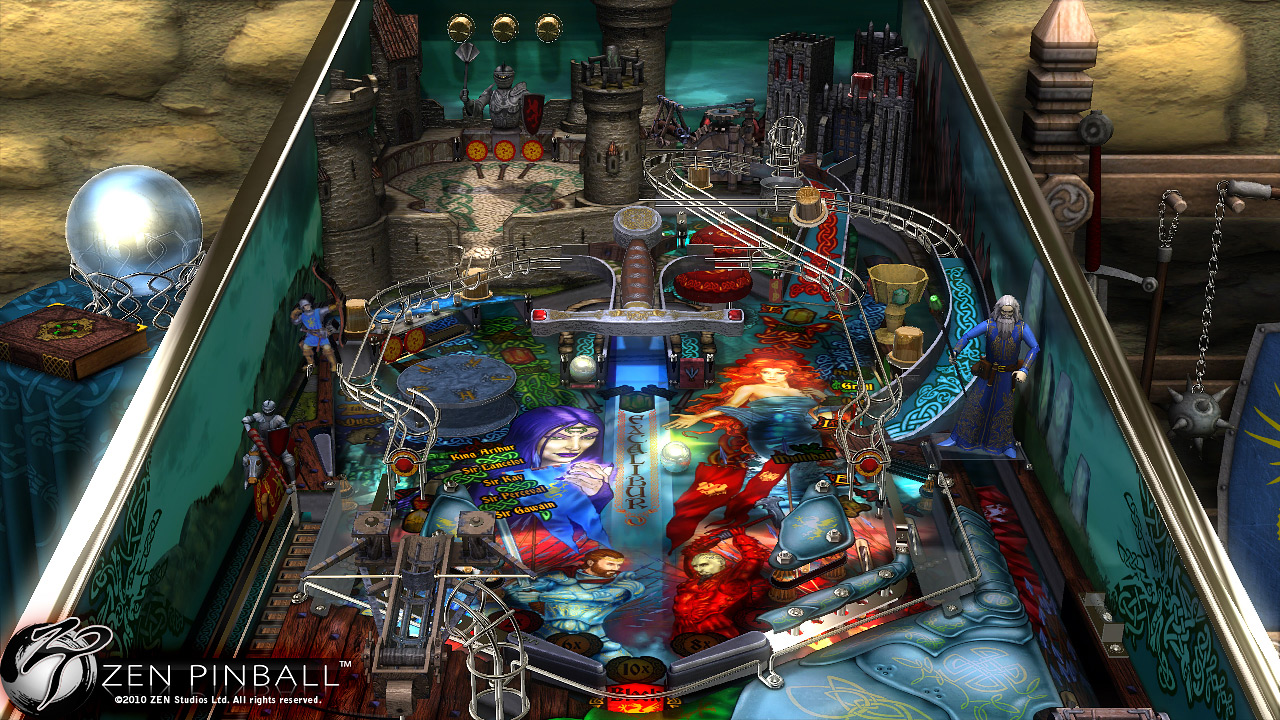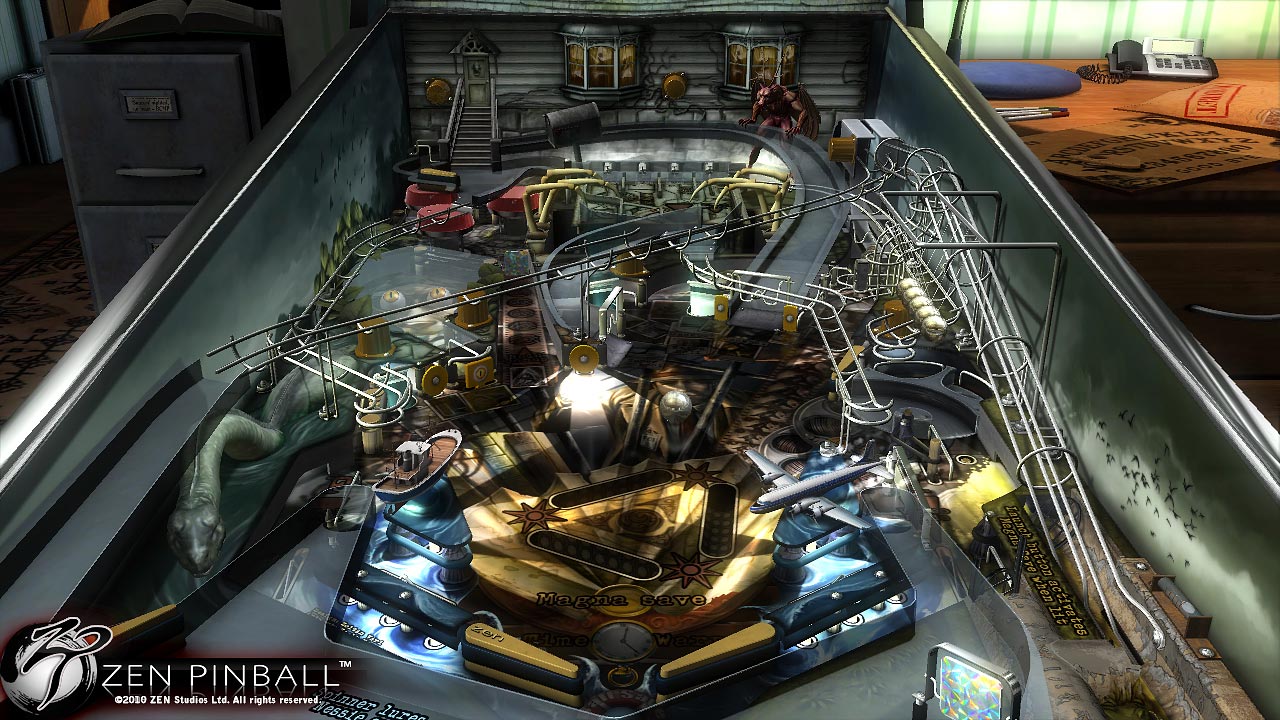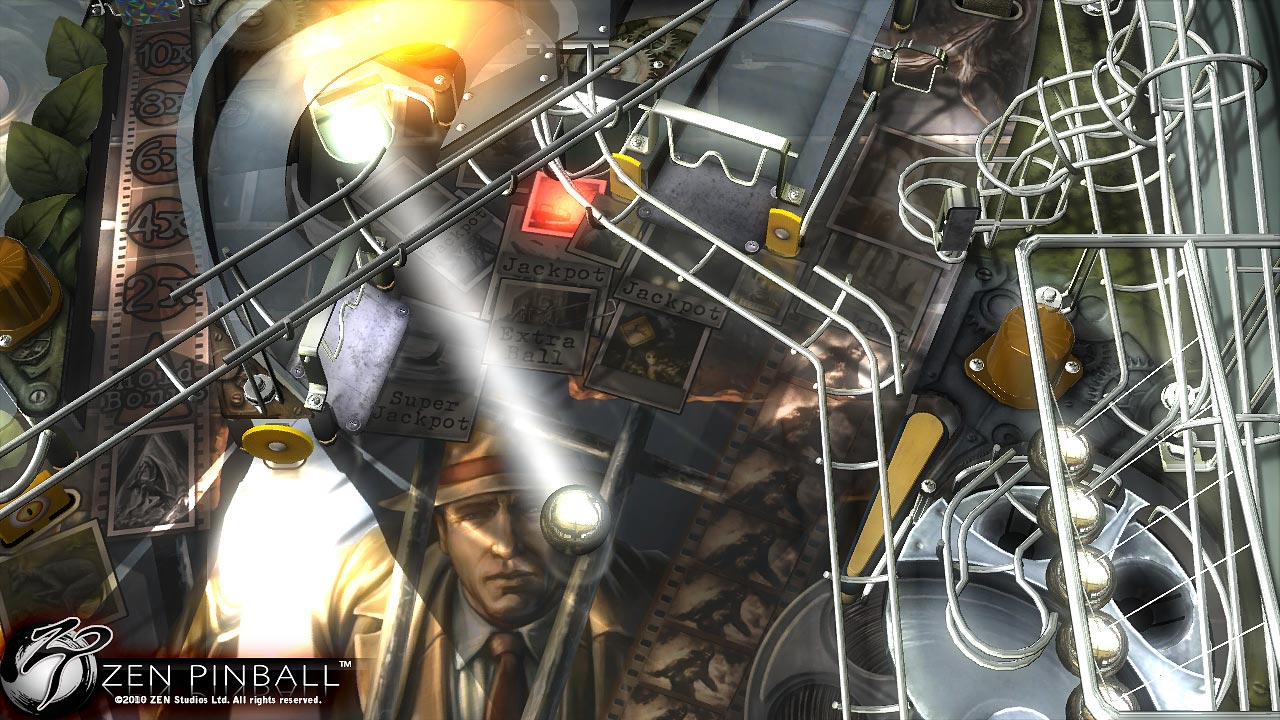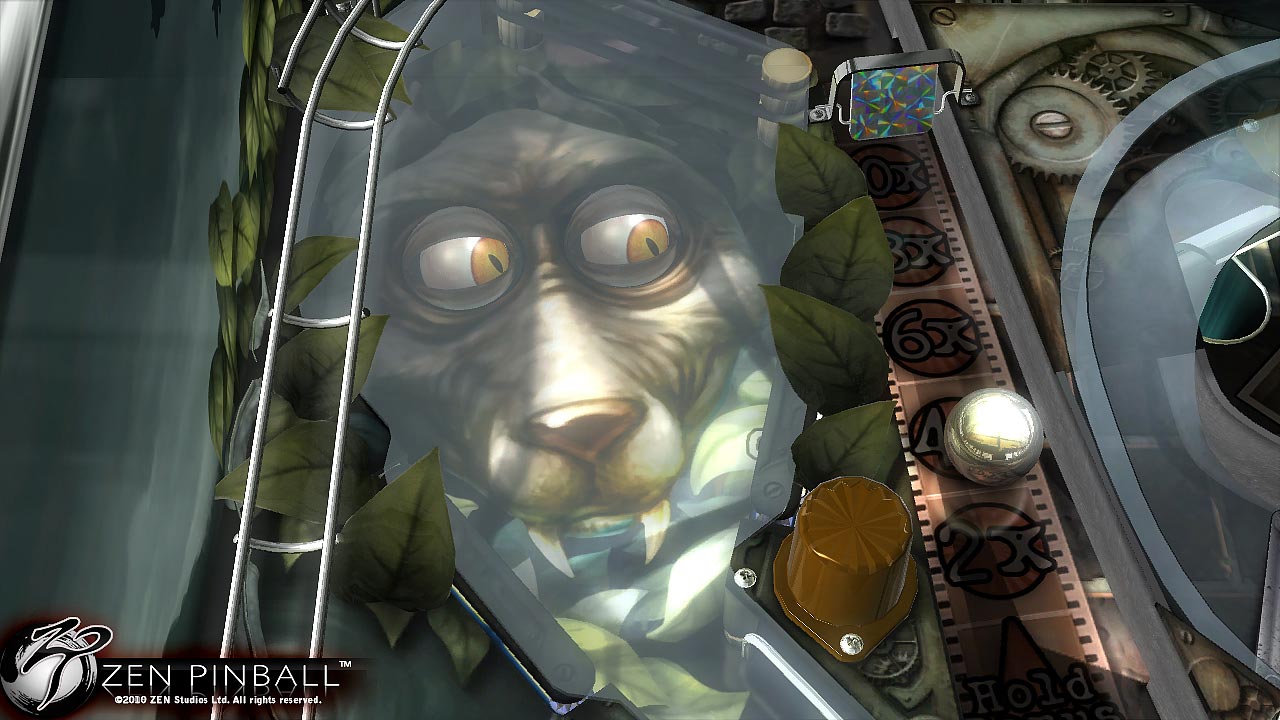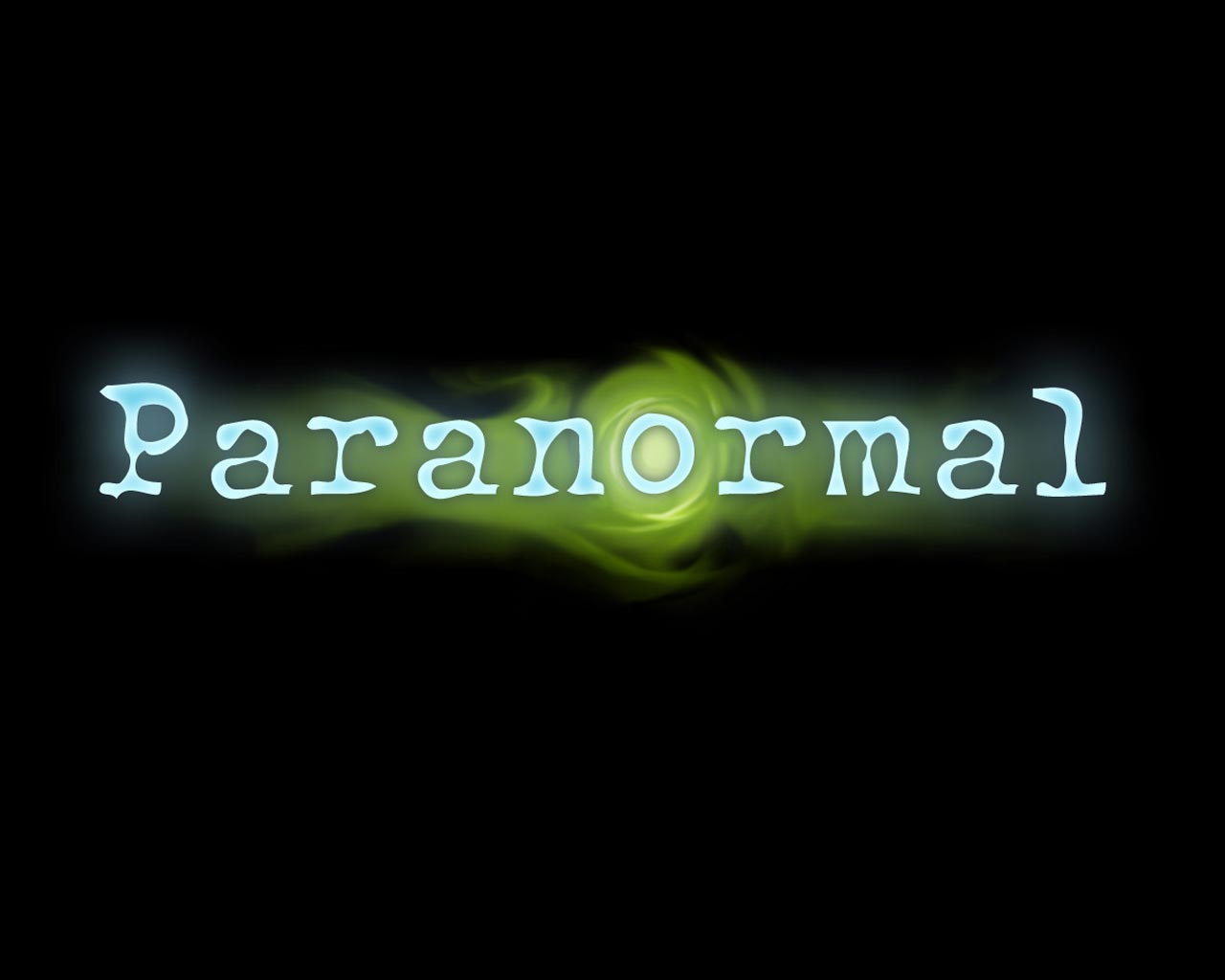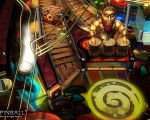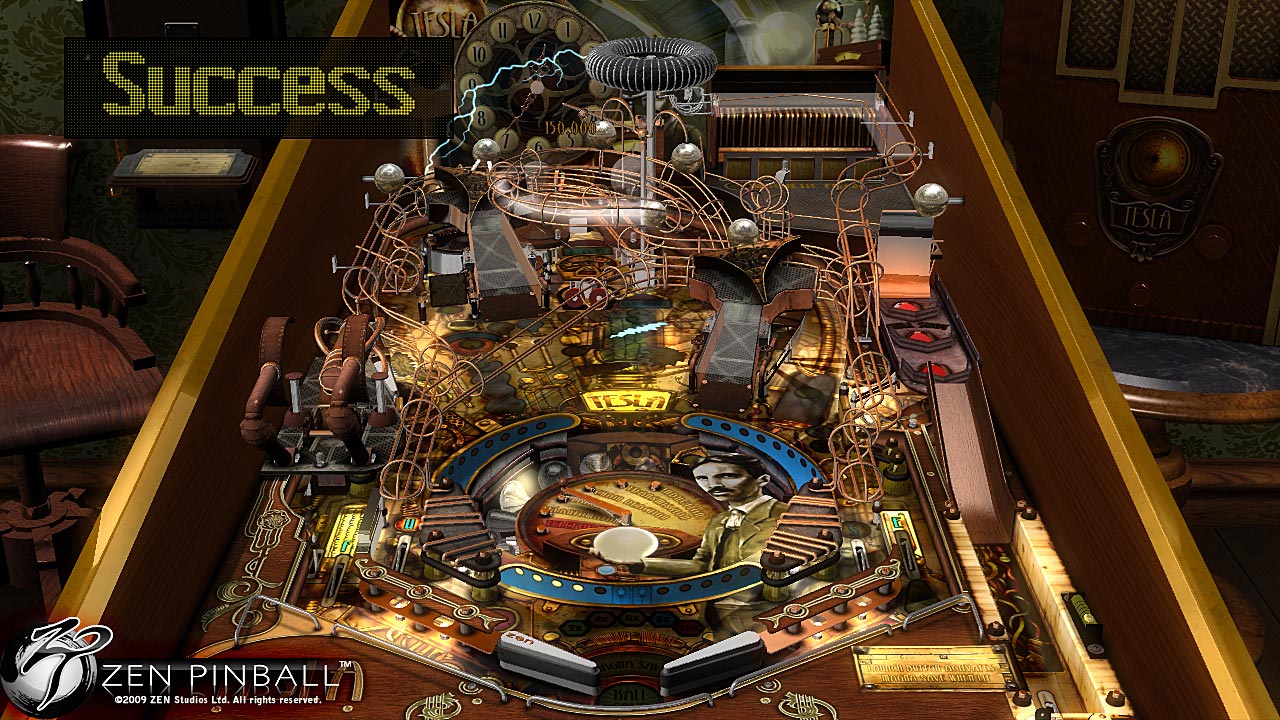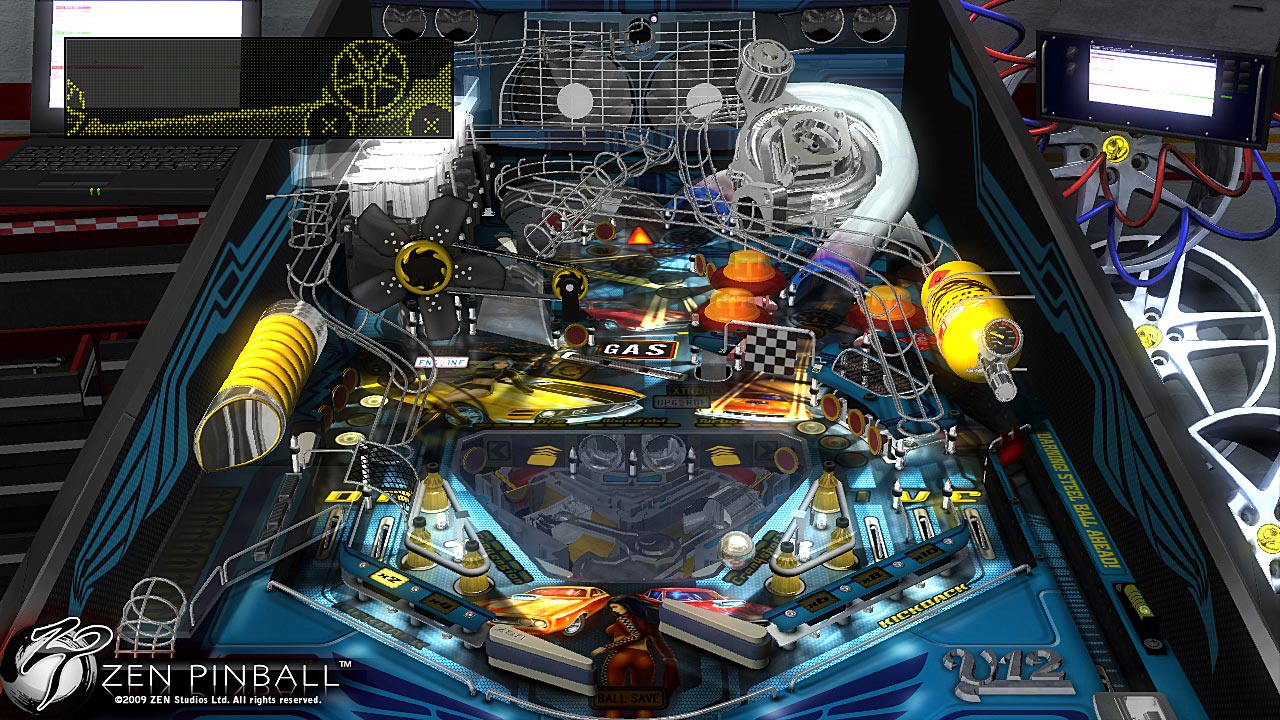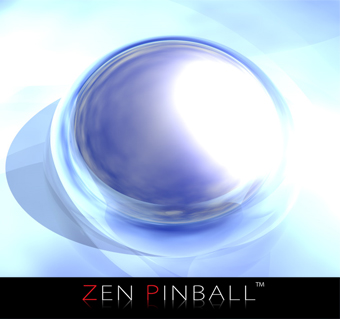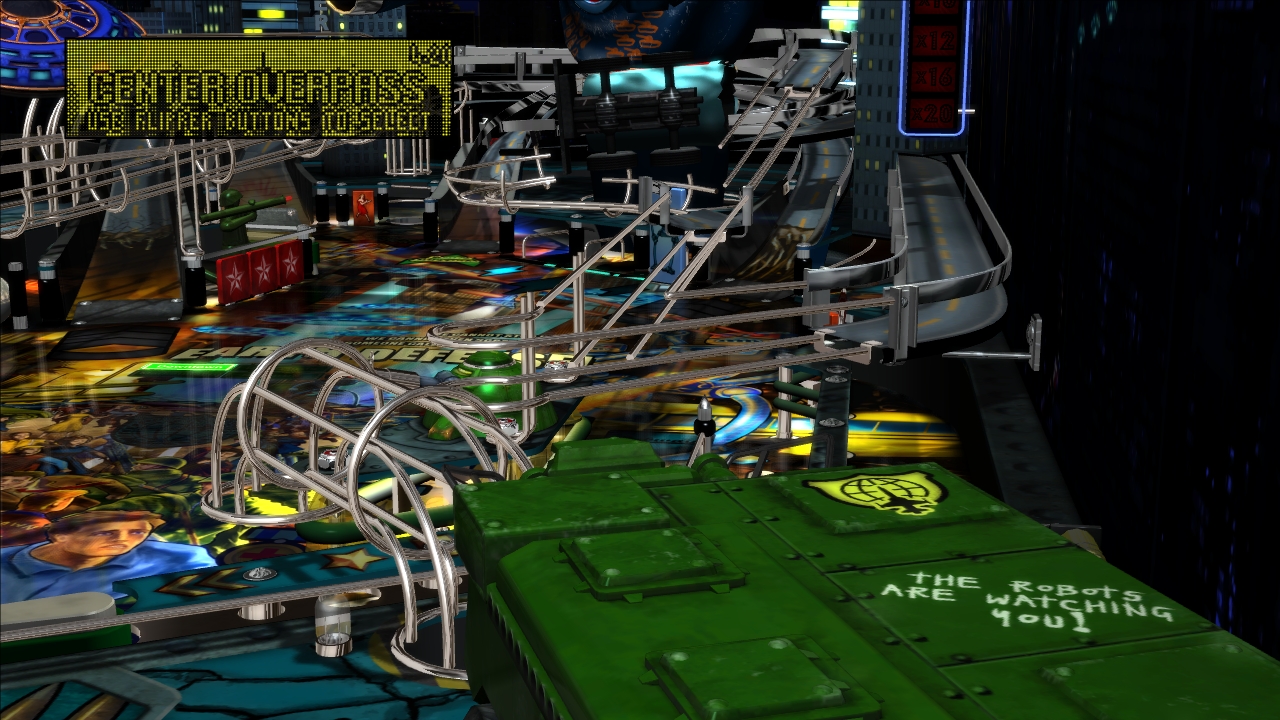If you are young enough the “silver ball” probably doesn’t mean much to you or it is the relic in the corner of a video arcade. In years past it was the cornerstone of electronic gaming and as common as Coca-Cola. It started off humbly, slowly evolving into the game we see today. But as it becomes a relic in the arcade Zen Studios is breathing new life into it on the console.
A Brief History Lesson:
The game we know of as “pinball” dates it’s origins to the late 1700s when bored aristocrats grew tired of their table version of bowling and made the pins permanently upright sticks off which you would hit a ball and ricochet the ball into a hole in the table. So they went with the obvious name: Bagatelle! (named after the chateau it was developed in).
Over a century later a guy in Ohio added a spring launching system, the “pins” became metal and around sixty years later the proper American capitalistic touch of “coin-operated” was added. Electricity and action bumpers were soon added but it wasn’t until 1947, 15 years later that the first flippers came into play.
The rest is history until the “Golden Age” of pinball which arrived in the 1970s when microprocessors, circuit borders and electronic screens made pinball machines true electronic gaming with all the literal bells and whistles getting joined by voices and videos. The same technology that took them to their peak was their demise when “video games” came along in the 1980s.
You may ask why, who cares about all this history stuff. It is by studying the history of a subject with the latest technology in mind that leaps forward are made.
The Absence of Zen And The Entrance Of Zen Studios:
Ever since the first video game was developed, programmers and developers have tried to master the physics of the ball. A rudimentary version was developed and strangely for a long time not improved upon. That ball for Pong didn’t change much over the years and every attempt had some physics error. Video pinball games were played more for challenge than nostalgia because either the ball had a floating feeling on the table or drop like a rock. Gone was the rhythm that developed on the table as the ball shot off flippers and hit chaotically around on the bumpers until your flippers brought the ball back into an orderly path.
On a real pinball machine you could judge where the ball would go depending on the flippers angle, speed of flip and speed of ball. All that was lost in the video game era unless you happened to find that rare arcade that had what was usually a movie or television show themed pinball machine tucked in the corner yelling out challenges and clanking it’s flippers and bumpers. Then along came Zen Studios.
I’ll freely admit I didn’t pay attention to them at first. I sighed sadly and made plans to visit the pinball history museum in Vegas where I could get my hands on dozens of machines, some being the early prototypes of the electronic ones but all amazing and playable. It wasn’t until my editor sent me some tables to try out that I discovered Pinball FX. The physics for the first time were right spot on. You got so lost in the game you forgot you weren’t hitting real flippers and wearing out the muscles in your hands. If you calculated a shot at a ramp like it was real life or guessed about how the ball would trigger on the bumper you found yourself right.
Crossing The Generation Gap:
Getting the physics right might be enough to win over an old school gamer like me but would today’s gamer, who might get bored just watching a ball bounce around, they crossed it with modern video game technology. The animatronic figures that would click open their mouths or swing from side to side in the old days have been replaced with 3D figures moving naturally around the tables. On the Marvel tables there are heroes and villains that battle across the board all while maintaining a realistic game table and realistic ball physics.
The difficulty and complexity of the table vary as well so not only is there a hero or villain from the Marvel Universe for you to root on, the tables all have their own touches.The Spiderman one has weblike rails for the balls to ride on all over the table for example.
One of my favorite tables is Paranormal, I am kinda fascinated with such things anyways so this tongue in cheek take on the X-Files has you investigating, with your ball, such phenomena as the turnpike (ramp) looking for the Jersey Devil, out on a Loch with Nessie mewing like a llama and my personal favorite and hardest part: the haunted house full of doors, one that leads to another dimension.
The table I have the most mixed feelings about Ms. Splosion Man, where you are supposed to save Splosion Man by fighting your enemy on a board so pink and baby blue that Hello Kitty would squint and run away! It is a fun, action packed table but so much pink and blue!!
Last Call:
This was an unorthodox review because I felt to truly appreciate what Zen Studios has done you had to know a bit of the history of pinball and how its rich history has been bastardized in video gaming until Zen Studios came along. I’ve seen fully electronic tables in arcades that cost a few bucks a play that aren’t as good as these tables which once you buy, you own. Add to this that they are constantly coming out with new tables and you can bet pinball is back and not leaving again anytime soon.
Trailer:
Gallery:

